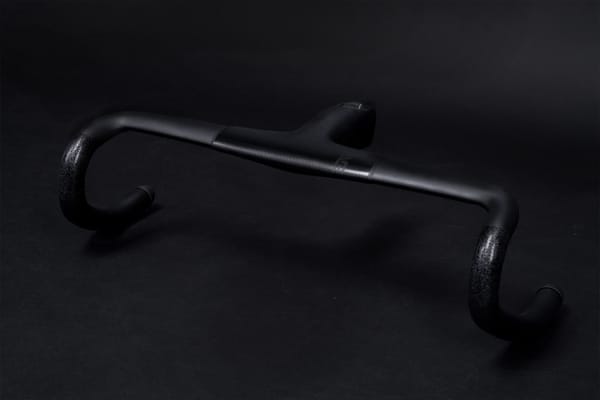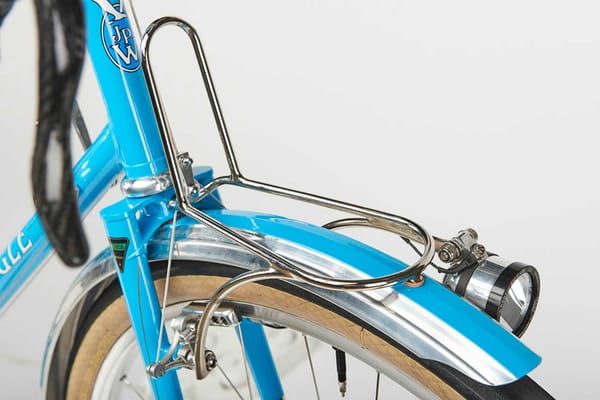Cycling Faster: The Truth About Shaving Your Arms and Legs
Discover if shaving your arms and legs can improve your cycling performance. We conducted wind tunnel tests to find out the truth behind this common practice.

Have you ever wondered if shaving your arms and legs can make a difference in your cycling performance? A recent test at a wind tunnel in Germany aimed to answer this very question. Inspired by an old Specialized wind tunnel video claiming a 20-watt improvement, the testers decided to investigate whether this practice is truly beneficial or just a myth.
The Test Setup
The experiment began with establishing a baseline with unshaved arms and legs. The protocol involved three runs at 250 watts for approximately five minutes each, tested at 0 and 10 degrees yaw. After the baseline run, the tester shaved their arms and legs and repeated the test. To modernize the experiment, they also tested with calf sleeves on the freshly shaved skin.
The Results
Here’s a summary of their findings:
- Baseline (Unshaved): CDA of 0.225
- Shaved Arms and Legs: CDA of 0.212 (Approx. 13-watt improvement)
- Calf Sleeves:
- Surpass Calf Sleeves: CDA of 0.212
- Castelli Calf Sleeves: CDA of 0.210
- Ho Calf Sleeves: CDA of 0.211
To add more credibility, they also tested with the MET Drone helmet known for its aerodynamic advantage, resulting in a CDA drop to 0.208.
Analysis
The data was consistent across multiple runs, confirming the significant reduction in drag from shaving. Despite initial skepticism, the results were clear: shaving arms and legs provided a measurable aerodynamic benefit.
Conclusion
Based on these wind tunnel tests, it’s safe to say that shaving your arms and legs can indeed give you a competitive edge. While it may seem hard to embrace this fact, the data doesn't lie. For those looking for a free and easy way to improve cycling speed, shaving might be worth considering.





